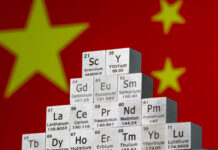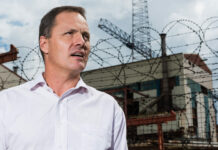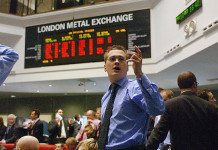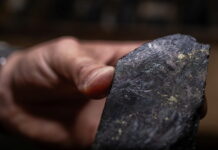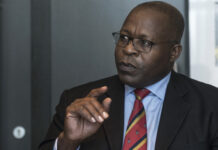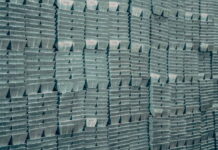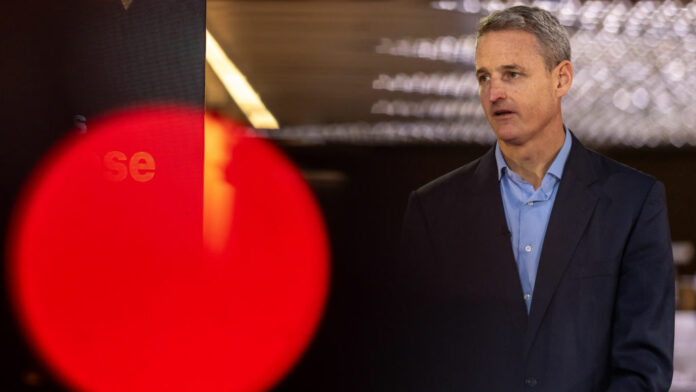
THE cost of capital was increasingly becoming a challenge in building new copper mines as resurgent inflation and factors such as infrastructure development drove capex higher.
That’s according to First Quantum Minerals CEO Tristan Pascall who told delegates at the London Indaba, a conference, that miners were faced with costs of capital far higher than other global industries.
“We face now, as an industry, have one of the highest capital costs available,” said Pascall. “The reality is we do have to go to the markets to develop these large capital projects and the largest mining company in the world, BHP has a cost of capital that is probably in the order of eight to 10%.”
“That would compare to Google whose cost of capital might be four or five per cent while other competitors in the field might be on a different kind of model with a cost of capital of around one per cent,” he added.
As mining projects got larger, the ability to earn the necessary return on investment drove the requirement for a higher incentive price for copper.
“I would contend the actual copper price has not moved much in real terms,” said Pascall. “We need to get back to understanding inflation. We had a such a long period of low inflation in the run-up to Covid that we are used to talking in absolute terms where we should be talking in inflation-linked terms.
“If you look at a copper price today of around $4.50/lb, that equates to a copper price some three years ago of around $3.50/lb. That is the incremental inflation that we have had in developing projects.”
In his presentation, Vedanta Base Metals CEO Chris Griffith said the capital intensity of new copper projects had increased from about $15m per kilo ton to now average about $25m/kt. That means a large copper mine producing about 250kt would cost $5bn to $6bn to develop, he said.


